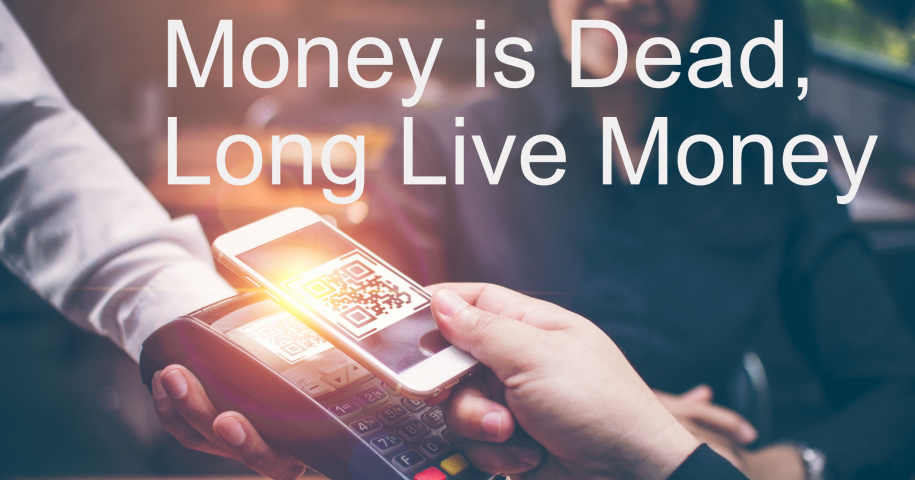In the United Kingdom contactless payments accounted for more than 40% of all card transactions in 2018, and cash was used only 3 in every 10 transactions.
Can you remember the last time you paid for a significant purchase with cash? Other than paying the baby-sitter, I don’t think I have used cash in a long time in Europe.
Countries leading the way
Sweden and other northern european countries are leading the trend in the cashless trail. Cash is now used for only 15 percent of transactions at the point of sale in Sweden.
I recently spent a period of 6 months visiting Norway frequently on business, during that time I never held any currency, all payments at every retail location were completed electronically, and on no occassion was I ever inconvenienced! And to be honest I do not even recall seeing a note or coin, to this day I still have no idea what the Norwegian Krona looks like! In Sweden fewer than half of bank branches handle cash and even homeless sellers of Stockholm’s street magazine accept mobile payments.
China has largely bypassed cards and is jumping directly from cash to mobile payments.
Technology is the driving force
Contactless payments have been the driving force behind these changes.
In 2015 Visa and Mastercard set down a roadmap to enable all retailers with contactless payments by 2020, this agenda has completed ahead of time for over 98% of retailers and was pushed through by reducing the transaction fees imposed by these payment processors. In those golden days before 2015 shops used to refuse card payments for any transaction under £5 (in the UK). In the long run this has benefitted these payment processors by converting entire nations into cashless societies, but this has also massively improved the customers payment experience.
In China mobile payments with services like WeChatPay and AliPay are the dominant . These service use a combination of QR code and mobile app to pay, bypassing the traditional banking control and moving the profits from payments to technology companies such as Tencent and Alibaba. These types of services are yet to break into western economies.
Crypto-currencies and bitcoin are still a very niche and over hyped form of real world payment, however less than five years ago contactless, ApplePay and WeChatPay did not exist and we were all carrying pockets full of small change around. In five years time Bitcoin and the like may well be in common usage.
The future of retail point of sale

At Eposly we are well aware that a key feature of a point of sale platform is how it can handle electronic payments. Contactless and digital payments improve the customer experience and respect the time of the customer. The point of sale needs to maintain this positive experience. By providing a tight integration to modern card terminals that currently accept all digital payment types and will continue to evolve as the industry rapidly changes. Payments must be quick, reliable and provide a positive feedback and experience to the customer.
Any business that runs a point of sale that is designed in a form factor to prioritise cash payments, makes customers wait in line, that forces re-keying of amounts manually into card terminals, that does not accept the latest payment types or makes the customer pause aimlessly whist the sales agent and the system complete complex steps to close the sale, clearly does not value that customers time. At Eposly we believe that every moment with the customer should enable a positive interaction.
References:
www.imf.org/
www.thinkmoney.co.uk/
www.essentialretail.com/
www.accesstocash.org.uk/




